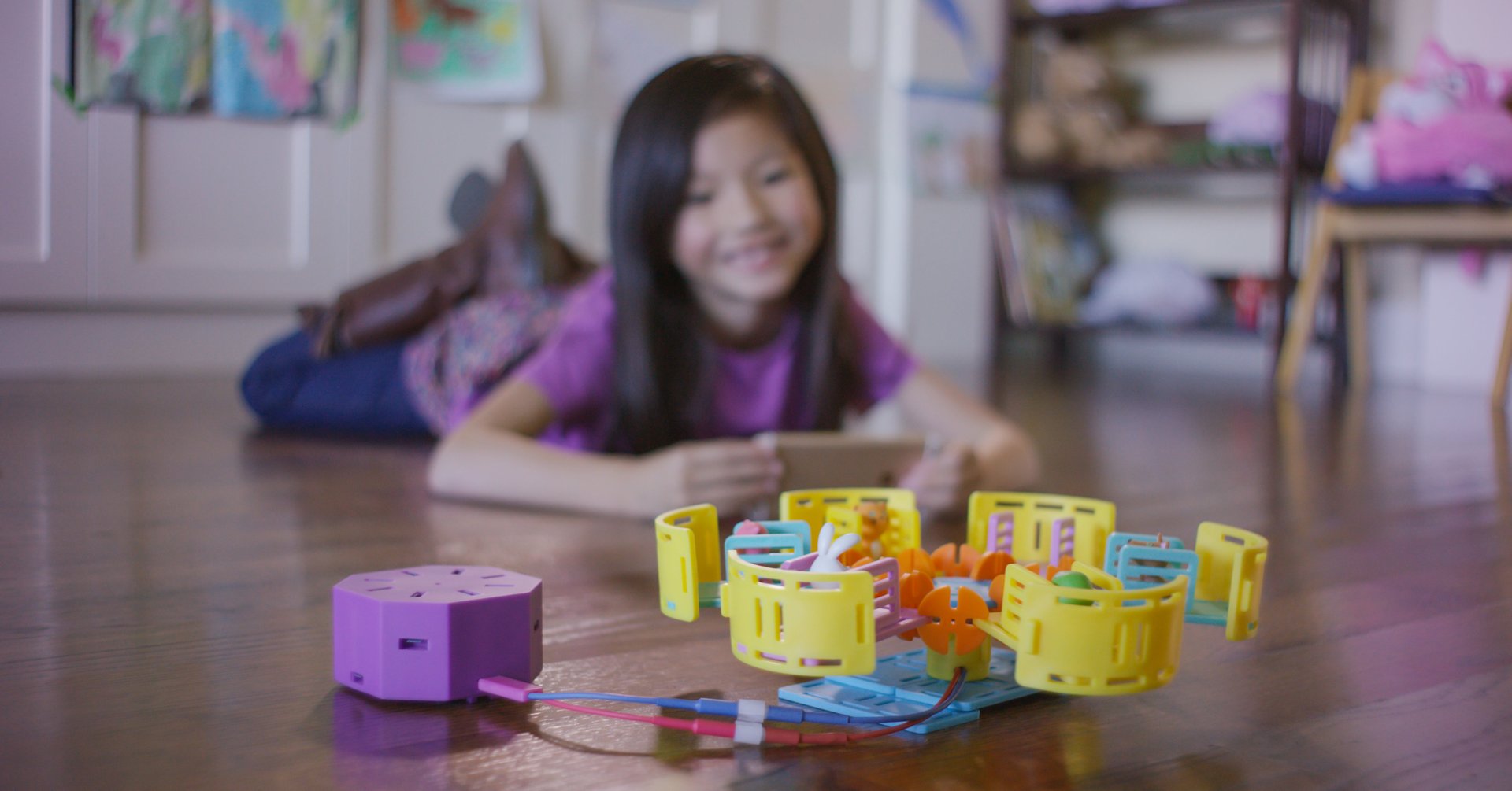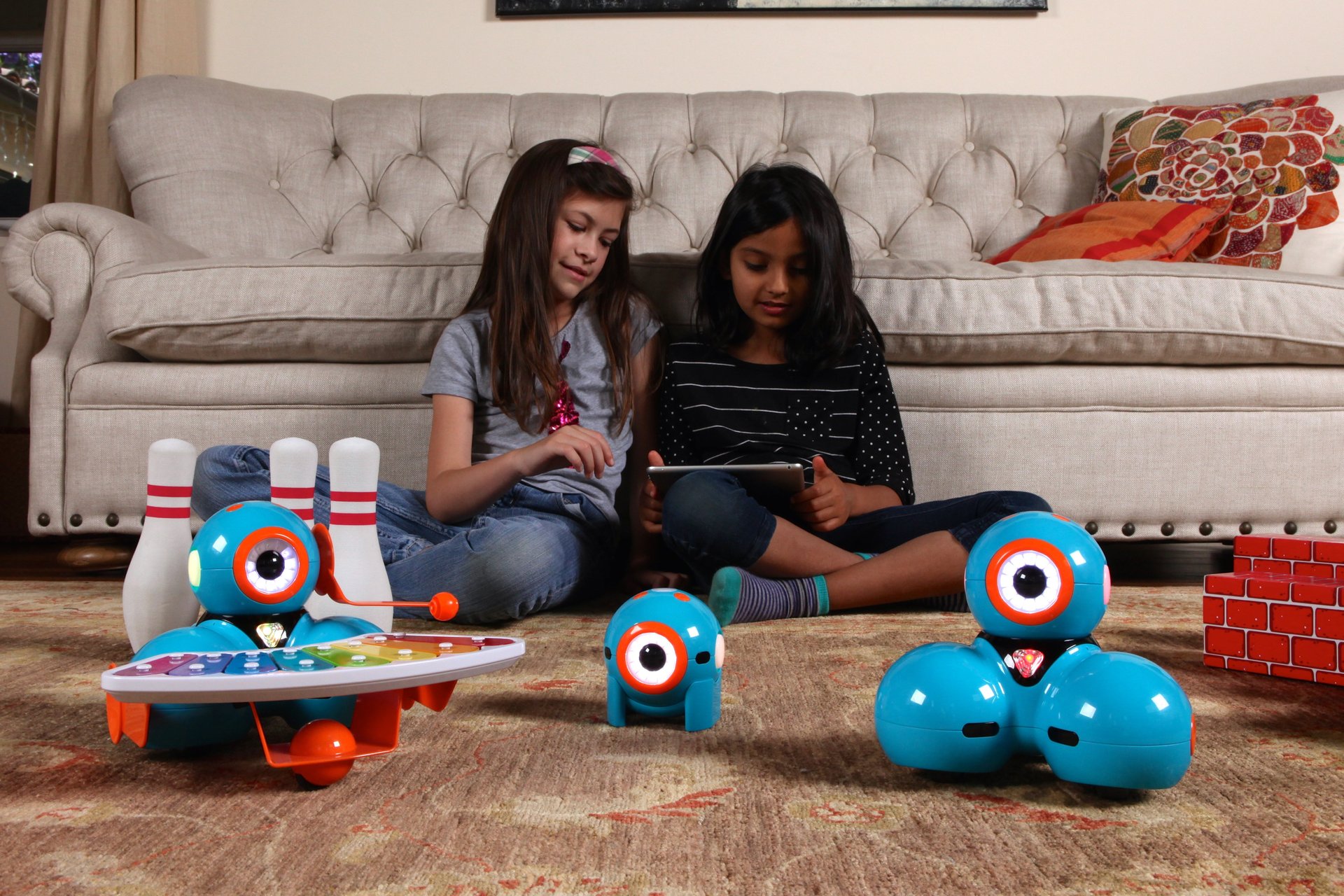The toys that will actually teach your girls engineering skills
Toy stores are no strangers to gender politics. But the new trend in science and tech toys for girls has brought the debate to an all-time low. Some common refrains:
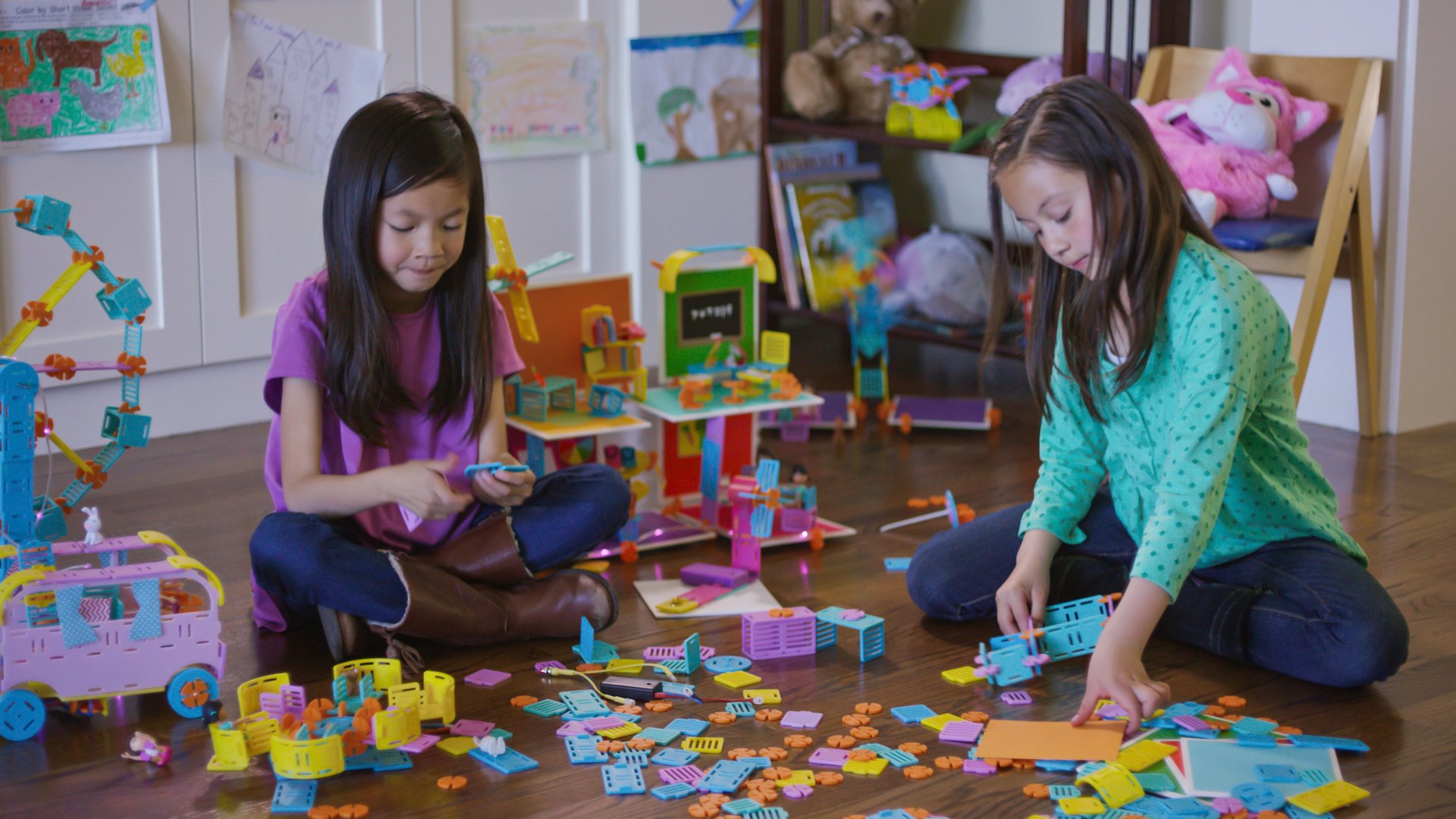

Toy stores are no strangers to gender politics. But the new trend in science and tech toys for girls has brought the debate to an all-time low. Some common refrains:
Why is the doll blonde? Isn’t it supposed to be the Anti-Barbie?
Notice anything unusual? No one is talking about the actual learning potential with these toys. It’s as if just labeling something a STEM (science, technology, engineering, and math) toy is good enough for our daughters.
It’s not.
The good news is that there are great STEM toys that offer exciting opportunities for girls to build a strong foundation of skills in science, technology, engineering, and math. The best STEM toys, like the toys in this guide, will always be the kind that offer a wide range of opportunities at varying levels of difficulty. Metaphorically speaking, these are the kind of toys that grow with a child. If anything, that should be the most important criteria for choosing any STEM toy for any girl or any boy.
Here is a guide to my top choices in five different categories:
Best logic puzzle
Three Little Piggies (Ages 3+; $24.99)
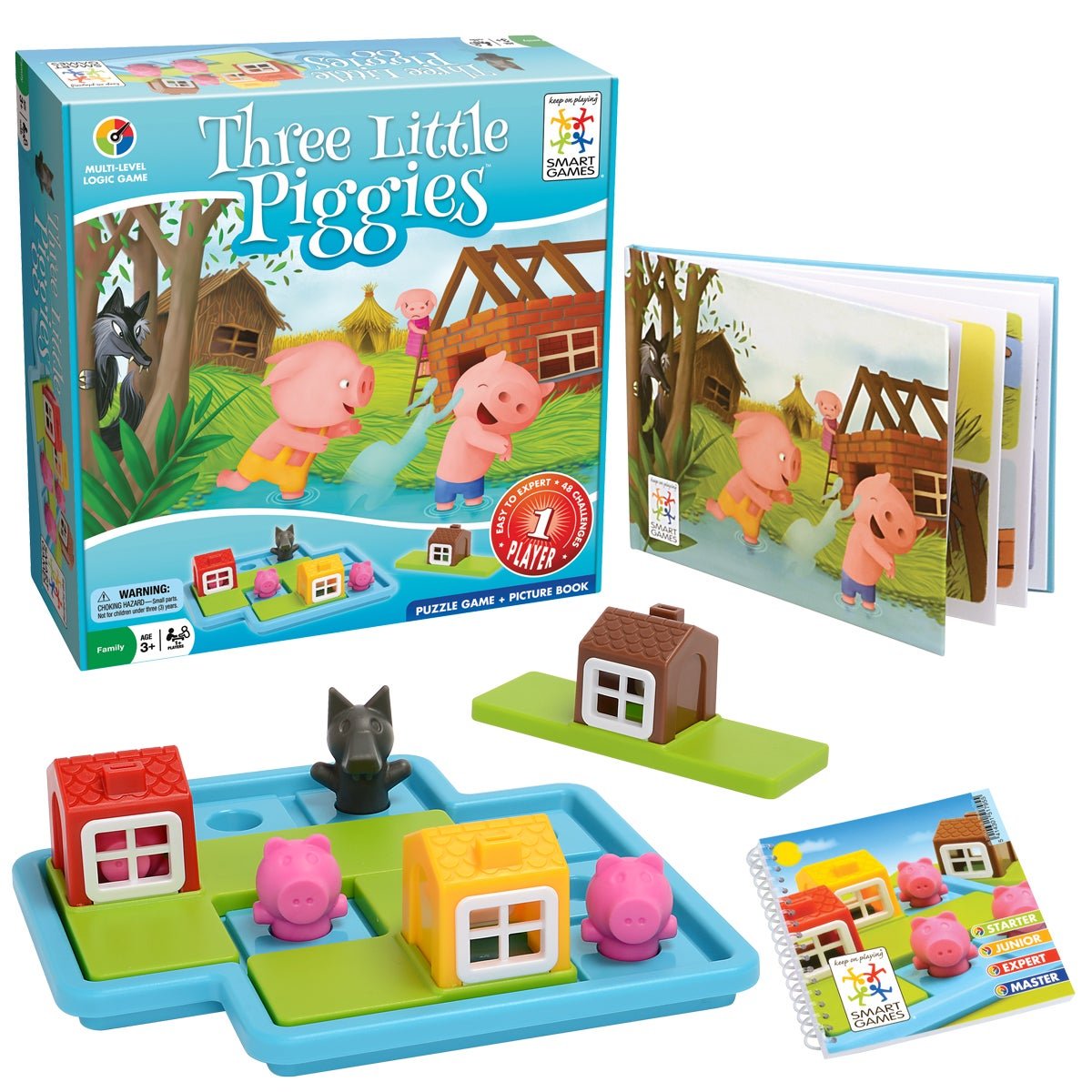
Logic games aren’t very popular in America, which is a shame because they are such a delightful way to build spatial and logical reasoning skills. These make up core skills that we need to thrive in science and math. They even help with life skills, such as how to efficiently pack a backpack.
Kids as young as three can build these skills as they work to place the pigs in safe houses and lock the wolf out in Three Little Piggies. The houses are on differently shaped pieces and these pieces must be placed in a way so that they will fit on the grid. Each puzzle contains a set of challenges where the pigs and wolf are placed in different locations on the grid, so the child must rotate the house pieces in order to save the piggies. For little ones too afraid of the wolf, an equal number of challenges are provided without the wolf thus totaling 48 puzzles in one box. If you find that your daughter loves this game, then also check out Trucky 3, another preschool logic puzzle which also doubles as a set of three clear container toy trucks.
Best learn-to-code game
Puzzlets (Ages 6+; $99.99)
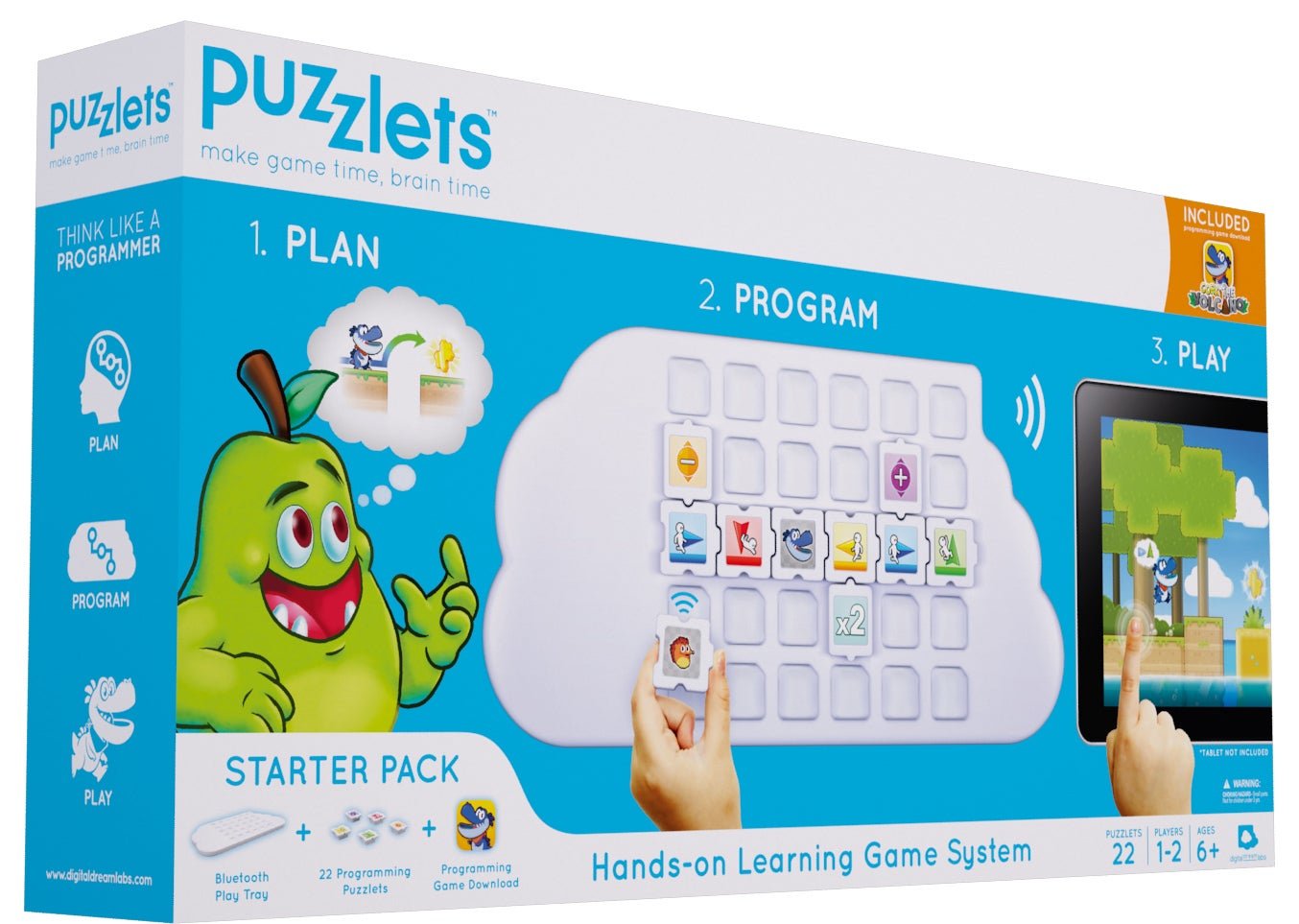
My 6-year-old tester dove right into Cork the Volcano, the first game from a new coding instruction platform called Puzzlets. Puzzlets is similar to other popular block-based programming methods like Scratch, Blockly, and LEGO EV3. But I chose Puzzlets for this guide because it allows kids to code using actual blocks on a bluetooth-powered tray instead of a screen. This hands-on approach is more multi-sensory in nature, thus enabling children as young as six, to learn faster and more easily. The instruction is game-based so there is plenty of motivation to learn. Kids will find secret doors, get extra points for solving challenges quickly, and the cute characters and cheerful music make learning this important skill much less daunting. Additionally, if a child runs into a challenge too difficult for her, the parents will be automatically notified via email along with suggestions for possible solutions. I find that incredibly helpful, as not all parents know how to code, myself included.
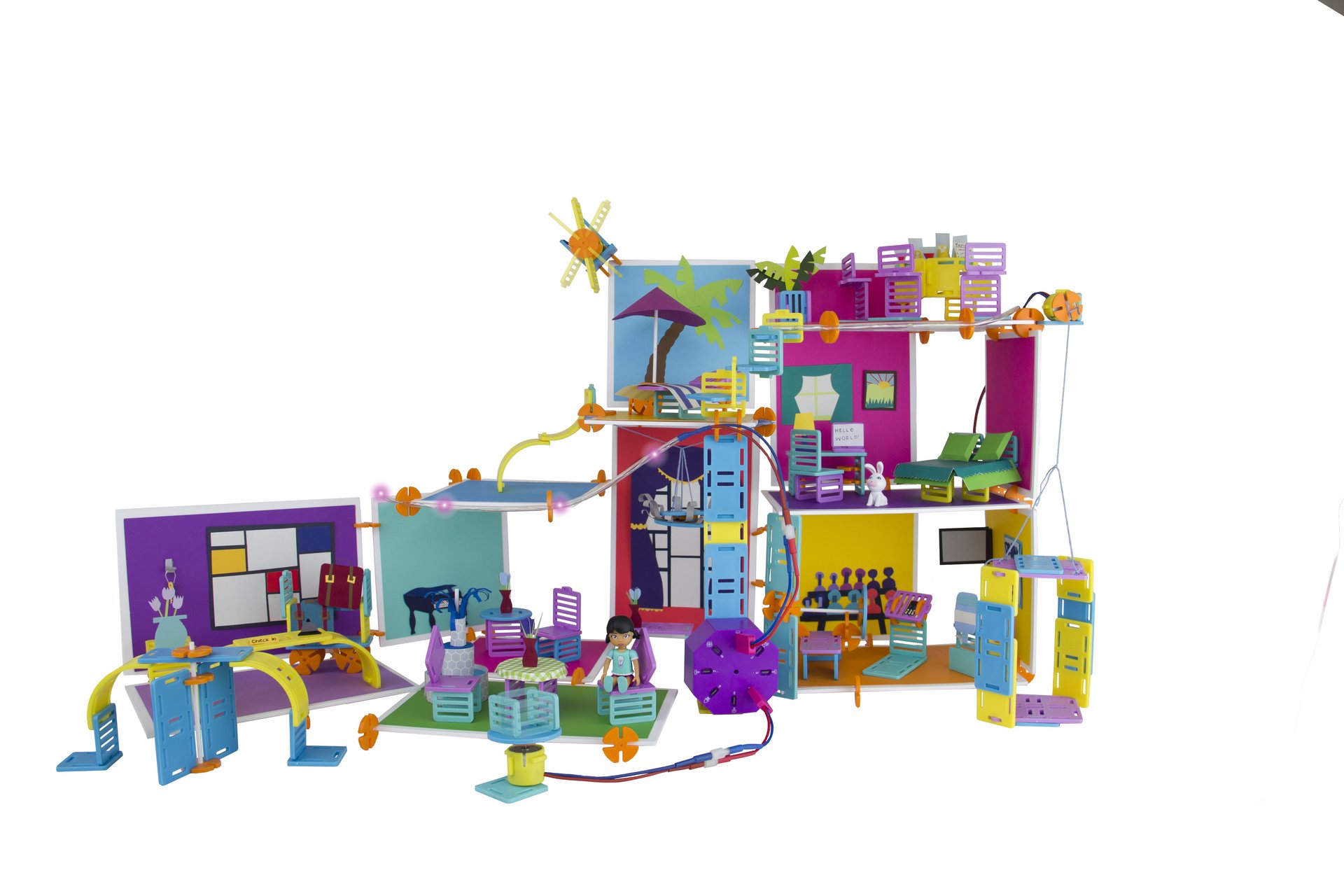
Roominate encourages young girls to think like engineers by playing with building pieces and simple circuits. The building pieces can be used to create anything from desks and chairs to beds, stairs, and even a car. There are also ample opportunities to decorate their structure, which further adds to the challenge of using the tools to create their vision. Roominate also offers simple circuit-based components, such as lights and motors, so girls can light up rooms and power anything, such as ceiling fans, carousels, and even elevators. New this year, Roominate launched its r-Power ($29.99) technology, which gives kids the ability to control their circuits via phone or tablet through a bluetooth hub (iOS, Android coming soon). This new development makes Roominate not only a leader in field of girls’ STEM toys, but also in STEM toy market overall, as I have yet to find any building toy for six-year-olds that uses bluetooth-controlled circuits.

Anyone who has purchased the two adorable robots named Dot and Dash when they first appeared on Kickstarter in 2013 has made one seriously awesome educational investment. The two robots can be used with great accessories such as a bulldozer, xylophone, LEGO brick adaptors, and this year, a catapult was added to the mix. However, the biggest improvement these two robots have made since they appeared in our robot buying guide last year is all in the software. This year, a new app, Wonder (iOS, Android), was launched to teach kids how to code in a gamified format called Scroll Quest, so the learning requires less parent intervention. As children learn new tricks from Scroll Quest, they are able to use the free play mode in which they can program their robot to carry out certain “behaviors” they have created such as spin in circles when I clap, or say “whoa” when I pick you up. Wonder Workshop also launched the Dot and Dash Show in which two kid hosts, Mimi and Wally (10 and 11), teach children how to play and invent with the robots. The company even launched a robotics competition in October, in which 1,100 teams have already joined.
There is no toy out there that even looks like this tiny little system that can do very big things. Depending on which bits you have, you can use littleBits to create music, wearables, a draw bot, a bubble blower, and even a remote pet feeder via smartphone. My favorite kit this year is Gizmos and Gadgets, which has enough instructions and modules for beginner projects. The same modules can also be used to do more complex projects, including building a remote controlled car (no smartphone necessary).

What does this mean for girls in particular? I asked Lesa Wang, a STEM Coordinator at Marymount School of New York, an all girls school. Wang works with students in grades 3-5, each of whom have their own littleBits kit. When asked why she chose littleBits for her students she said, “There is an immediate sense of satisfaction when you build and prototype with littleBits.” Wang added, “They snap together and the girls can turn on a light or move something so easily.” She considered littleBits to be gender-neutral, but she explained that it wouldn’t have mattered if they weren’t. “I think the way we challenge our students is way more important.”
Wang makes an excellent point. A great STEM toy for girls may not be a great STEM toy for boys for the sole reason that some boys want different challenges than girls—not harder or easier, not more blue or more pink—just different. How challenges are framed by a toy company will help parents and children choose what will work for them, more than colors or other gendered signals. Removing gender assignment in toy store aisles will have the most impact with these type of toys.
Hal Eager and Rachel Ford contributed to this article.

